Tooth Extraction in Owasso, OK
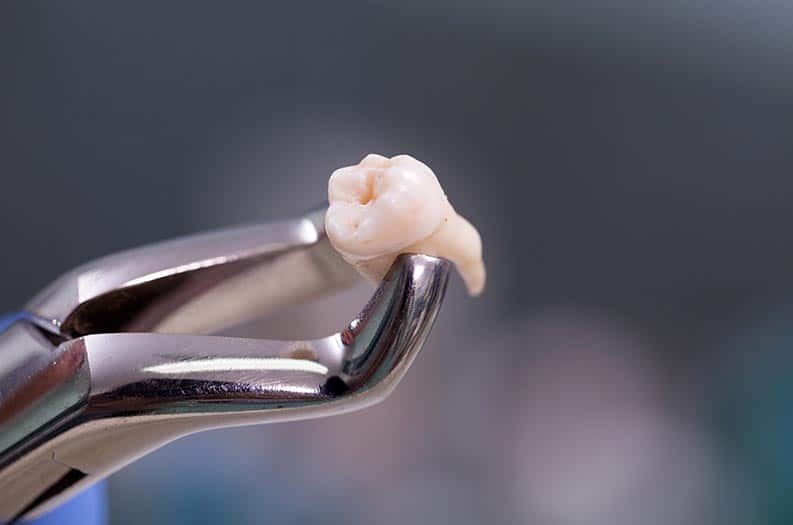
Gentle, Safe Tooth Removal When Preservation Isn't Possible
At Lexington Dental of Owasso, we understand that the thought of losing a natural tooth can feel overwhelming and even frightening. Please know that tooth extraction is always our last resort—we believe deeply in preserving your natural teeth whenever possible. However, when extraction becomes necessary to protect your overall oral health and prevent further complications, Dr. Jacob Cary and our compassionate team provide the gentle, professional care that makes this experience as comfortable and stress-free as possible.
Need a tooth extraction? Call our Owasso dentist’s office at (918) 274-8500 to schedule your consultation today. We provide safe, comfortable extraction services for patients from Claremore, Tulsa, Collinsville, and the surrounding areas.
Your Comfortable Extraction Experience with Dr. Cary
Beginning with Understanding and Care
Our Owasso family dentist, Dr. Jacob Cary, begins with a thorough evaluation of your tooth and surrounding tissues, carefully reviewing your symptoms, medical history, and previous treatments. His gentle, reassuring approach helps you understand exactly why extraction has become necessary.
Advanced Diagnostic Imaging
When needed, digital X-rays provide detailed information about your tooth’s position and relationship to surrounding structures, allowing Dr. Cary to plan the most comfortable and effective extraction approach.
Clear Communication and Support
Dr. Cary takes time to explain the surgical procedure in terms you can understand, discuss what to expect during recovery, and answer all your questions. You’ll never feel rushed or uncertain about your care.
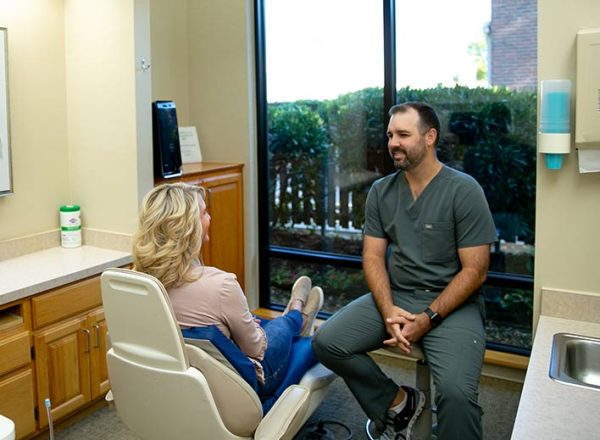
What Is Tooth Extraction?
Tooth extraction is a dental procedure that involves the careful removal of a tooth from its socket in the jawbone by a dentist or oral surgeon when the tooth cannot be saved through other treatments or when its removal benefits overall oral health. This procedure may be necessary due to severe decay, advanced gum disease, trauma, overcrowding, or impacted teeth that cannot properly emerge through the gums.
While modern dentistry offers many options for saving damaged teeth, extraction sometimes represents the most appropriate treatment to prevent pain, infection, and damage to surrounding teeth and tissues. Dr. Cary approaches each case individually, exploring all conservative treatment options before recommending extraction and always prioritizing patient comfort and safety throughout the procedure.
Types of Tooth Extractions
Understanding the different types of extractions helps patients prepare for their procedure and know what to expect during treatment and recovery.
Simple Tooth Extractions
- Routine Extractions: Performed on teeth that are visible above the gum line and can be easily accessed with standard dental instruments. These procedures typically require only local anesthesia and involve loosening the tooth with an elevator before gentle removal with forceps.
- Mobility-Related Extractions: Teeth that have become loose due to advanced gum disease or trauma may require simple extraction techniques, though additional care may be needed to address underlying periodontal issues.
- Orthodontic Extractions: Sometimes healthy teeth must be removed to create space for orthodontic treatment, allowing proper alignment of remaining teeth through braces or other corrective appliances.
Surgical Tooth Extractions
- Impacted Tooth Removal: Complex procedures for teeth that haven’t fully emerged from the gums, most commonly wisdom teeth, requiring incisions in the gum tissue and possibly bone removal to access the tooth.
- Broken Tooth Extractions: When teeth are severely fractured below the gum line, surgical techniques may be necessary to remove all tooth fragments and prepare the site for healing or future restoration.
- Root Removal Procedures: Sometimes, tooth crowns break off, leaving roots beneath the gums that require surgical removal to prevent infection and allow for proper healing or implant placement.
Common Reasons for Tooth Extraction
Dr. Cary never takes the decision to extract a tooth lightly. When he recommends extraction, it’s because he genuinely believes it’s the best way to protect your health, eliminate pain, and give you the best possible outcome for your smile. Reasons could include:
- Severe Tooth Decay: When decay has progressed beyond the point where fillings, dental crowns, or root canal therapy can successfully restore the tooth’s function and health, extraction prevents the spread of infection to surrounding tissues.
- Advanced Gum Disease: Periodontal disease that has destroyed the supporting structures around a tooth may make the tooth too loose to function properly, requiring removal to maintain overall gum health.
- Trauma and Injury: Accidents, sports injuries, or other trauma may damage teeth beyond repair, necessitating extraction to prevent pain and infection while allowing for appropriate replacement options.
- Impacted Wisdom Teeth: Third molars that cannot emerge properly due to a lack of space may cause pain, infection, crowding, or damage to adjacent teeth, making removal the best option.
- Orthodontic Treatment: Creating adequate space for proper tooth alignment sometimes requires strategic removal of certain teeth to achieve optimal results with braces or other orthodontic appliances.
- Preparation for Dentures: Patients choosing full dentures may need remaining damaged or compromised teeth removed to allow for proper denture fit and function.

Benefits of Professional Tooth Extraction
When performed by an experienced dentist, tooth extraction provides several important advantages:
- Pain Relief: Removing severely damaged or infected teeth eliminates the source of chronic pain, allowing patients to return to comfortable eating, speaking, and daily activities.
- Infection Prevention: Extracting infected teeth prevents the spread of bacteria to surrounding teeth, gums, and other parts of the body, protecting overall health and well-being.
- Improved Oral Health: Removing teeth that cannot be properly cleaned or maintained helps improve overall oral hygiene and reduces the risk of future dental problems.
- Space Creation: Strategic extractions can provide necessary room for orthodontic treatment, proper tooth alignment, or accommodation of replacement teeth like implants or dentures.
- Cost-Effective Solution: While tooth preservation is ideal, extraction may be more economical than extensive restorative treatments when the long-term prognosis for a tooth is poor.
- Prevents Complications: Timely extraction of problematic teeth prevents more serious issues like abscesses, cysts, or damage to adjacent healthy teeth that could require more extensive treatment.
- Facilitates Treatment Planning: Removing non-restorable teeth allows for comprehensive treatment planning and optimal placement of replacement options like dental implants or bridges.
Who Benefits from Our Gentle Tooth Extraction Services Near Tulsa?
Are you wondering whether you need a tooth extraction? The following patients may benefit from professional tooth removal:
- Patients with Severe Dental Pain: Individuals suffering from intense toothaches caused by irreparable damage, deep infections, or impacted teeth who need immediate relief through extraction.
- Adults with Wisdom Tooth Problems: Patients experiencing pain, crowding, infection, or difficulty cleaning wisdom teeth that lack adequate space to emerge properly in the mouth.
- Orthodontic Patients: Individuals beginning braces or other orthodontic treatment who need strategic tooth removal to create space for proper alignment of remaining teeth.
- Accident Victims: People who have experienced dental trauma from accidents, sports injuries, or other incidents resulting in severely damaged teeth that cannot be restored.
- Patients with Advanced Gum Disease: Individuals with periodontal disease that has progressed to the point where certain teeth have lost adequate support and threaten overall oral health.
- Denture Candidates: Patients choosing full or partial dentures who need remaining compromised teeth removed to allow for optimal denture fit and oral health.

The Tooth Extraction Process at Lexington Dental
Pre-Extraction Consultation
- Comprehensive Examination: Dr. Cary thoroughly evaluates the affected tooth and surrounding tissues, reviewing your symptoms, medical history, and any previous treatments to confirm that extraction is the best option.
- Digital X-Ray Analysis: Advanced imaging reveals the tooth’s position, root structure, and relationship to surrounding teeth and tissues, allowing for precise treatment planning and complication prevention.
- Treatment Options Discussion: Dr. Cary explains why extraction is recommended, discusses the procedure in detail, and reviews replacement options if applicable, answering all questions and addressing concerns.
- Medical Clearance: Review of medical conditions, medications, and allergies helps determine the safest anesthesia and medication options for your specific health situation.
Extraction Procedure
- Anesthesia Administration: Local anesthetic is carefully administered to numb the extraction site completely, with additional dental sedation options available for anxious patients or complex procedures.
- Tooth Loosening: Using specialized instruments, Dr. Cary gently loosens the tooth from its socket, taking care to preserve surrounding bone and tissue structures whenever possible.
- Careful Removal: The tooth is extracted using controlled pressure and precise movements, with surgical techniques employed when necessary for impacted or broken teeth.
- Site Preparation: The extraction site is thoroughly cleaned, and any rough bone edges are smoothed to promote optimal healing and patient comfort during recovery.

Post-Extraction Care
- Immediate Wound Care: Gauze is placed over the extraction site to control bleeding, and initial healing instructions are provided to promote proper blood clot formation.
- Recovery Planning: Detailed aftercare instructions, prescription medications when needed, and follow-up appointment scheduling help patients recover comfortably and avoid complications.
Post-Extraction Aftercare Guidelines
Proper care after oral surgery is essential for comfortable healing and complication prevention following tooth extraction:
Immediate Recovery (First 24 Hours): Bite gently on gauze for 30-45 minutes to control bleeding, avoid spitting or rinsing vigorously to protect the blood clot, and rest with your head elevated to minimize swelling. Take prescribed pain medications as directed and apply ice packs for 15-20 minutes at a time to reduce swelling.
Diet and Activity Restrictions: Eat soft foods like yogurt, smoothies, and soup for the first few days, avoiding hot, spicy, or crunchy foods that could irritate the extraction site. Avoid strenuous activities, smoking, and drinking through straws, as these can dislodge the healing blood clot and cause complications.
Oral Hygiene Modifications: Brush and floss your teeth normally, but avoid the extraction site for the first few days. After 24 hours, gentle salt water rinses can help keep the area clean and promote healing. Gradually return to normal oral hygiene as the site heals.
Tooth Replacement Options
Following tooth extraction, replacing the missing tooth helps maintain proper oral function and prevents complications:
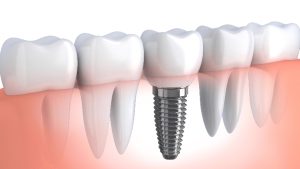
Dental Implants: The gold standard for single tooth replacement, providing a permanent solution that looks, feels, and functions like a natural tooth while preserving jawbone health..
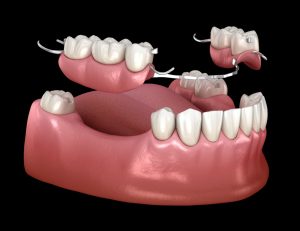
Partial Dentures: Removable appliances that replace one or more missing teeth, providing an economical option for tooth replacement when other methods aren’t appropriate.
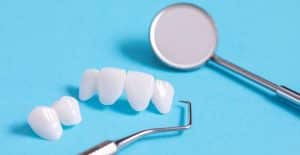
Fixed Bridges: Traditional dental bridges anchor to adjacent teeth to support a replacement tooth, offering a stable solution when implants aren’t suitable or desired.
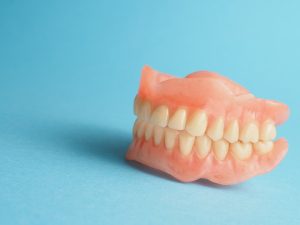
Full Dentures: For patients having multiple extractions, complete dentures can restore function and aesthetics while supporting facial structure and improving quality of life.
Recovery Timeline and Expectations
Understanding the typical healing process helps patients prepare for recovery and recognize normal versus concerning symptoms:
- First Week: Initial healing occurs as the blood clot stabilizes and early tissue repair begins. Some discomfort, swelling, and minor bleeding are normal during this period, gradually decreasing each day.
- Two to Four Weeks: Soft tissue healing progresses significantly, with most patients able to return to normal eating and activities. The extraction site continues to fill in with new tissue as healing advances.
- One to Three Months: Complete soft tissue healing occurs, and bone remodeling begins. This is typically when implant placement or other restorative treatments can be considered if tooth replacement is planned.
Frequently Asked Questions
Initial healing typically takes one to two weeks, during which the extraction site closes and basic tissue repair occurs. Most patients can return to normal activities within a few days, though complete healing takes several weeks to months as bone remodeling continues. Simple extractions generally heal faster than surgical extractions, and factors like age, overall health, smoking, and following aftercare instructions significantly impact healing time.
Most patients can return to work or school the day after simple tooth extractions, though you may prefer to take the day off if your job involves heavy physical activity or extensive speaking. For surgical extractions or multiple teeth removal, two to three days off may be more appropriate, depending on your comfort level and job requirements. Factors like pain medication effects, swelling, and bleeding should be considered when planning your return to normal activities.
While not always immediately necessary, replacing extracted teeth is generally recommended to maintain proper oral function and prevent complications. Missing teeth can cause remaining teeth to shift, lead to bite problems, make chewing less efficient, and result in bone loss in the jaw over time. The importance of replacement depends on the tooth’s location, with front teeth affecting appearance and speech, while back teeth are important for proper chewing function.
Tooth extraction is generally very safe when performed by an experienced dentist, but like any medical procedure, there are potential risks, including bleeding, infection, dry socket, nerve damage, or sinus complications for upper teeth. Serious complications are rare and can be minimized by choosing a qualified dentist, following pre- and post-operative instructions carefully, and attending follow-up appointments.
Your Path to Relief and Renewed Oral Health in Owasso
When tooth extraction becomes necessary, it’s not an ending—it’s often the beginning of renewed comfort, better oral health, and freedom from chronic pain or infection. At Lexington Dental of Owasso, we’re honored to guide you through this process with the gentle, compassionate care that helps you feel supported every step of the way.
Dr. Jacob Cary and our dedicated team understand that facing tooth extraction can feel overwhelming, but you don’t have to navigate this experience alone. We’re committed to providing the information, comfort measures, and emotional support that help you feel confident about your treatment and optimistic about your oral health future.
Don’t let dental pain or problematic teeth compromise your quality of life another day. Call our family dentists in Owasso at (918) 274-8500 to schedule your consultation today. We provide gentle extraction services near you with the compassionate family dental care that patients from Claremore, Tulsa, Collinsville, and throughout the greater Oklahoma area have come to trust.

